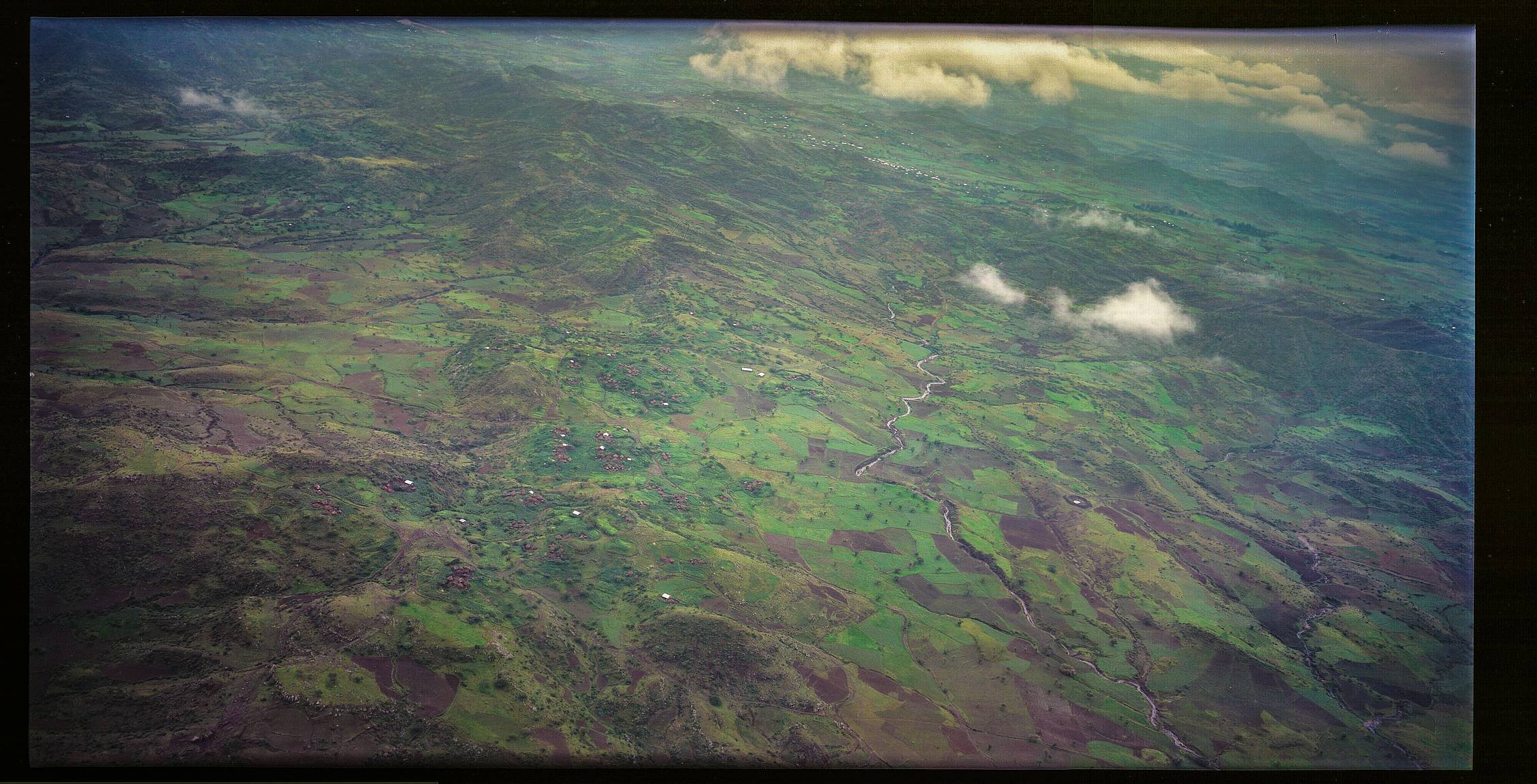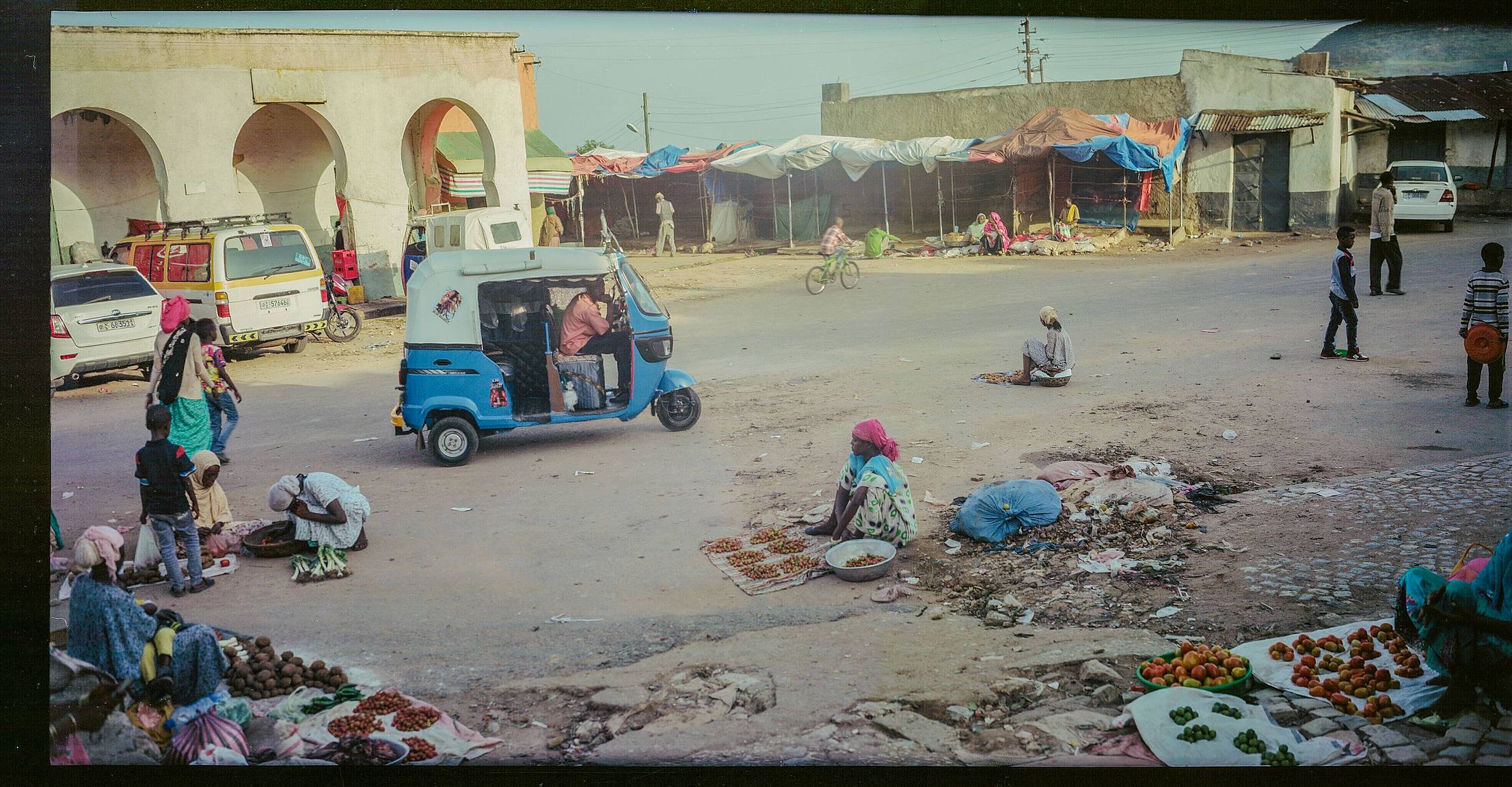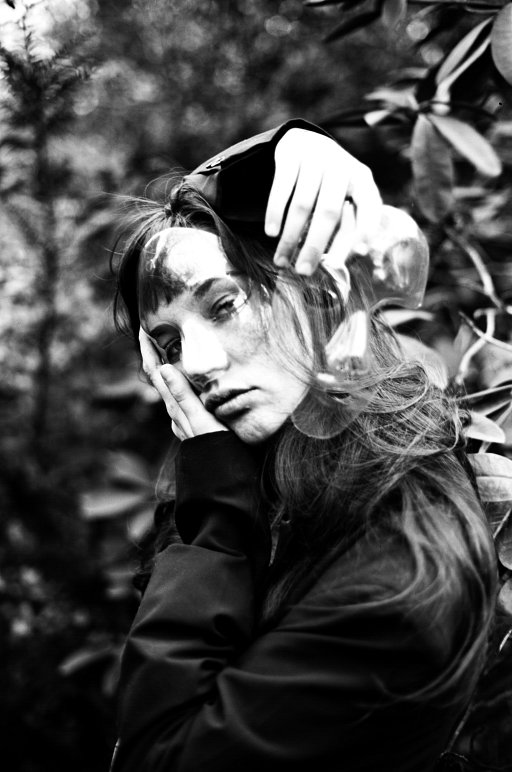Rodrigo Jardón on Exploring Ethiopia with the Belair X 6-12
12 Share TweetMore than beautiful landscapes or delicious cuisine, what makes traveling an enriching experience is the people whose lives momentarily intertwine with ours. Mexico-based photographer Rodrigo Jardón proved just that during his trip to diverse and storied regions of Ethiopia. In this interview, he talks more about this eye-opening journey and shares some impressive photographs taken with the Belair X 6-12.
Hello, Rodrigo! Welcome to the Lomography Magazine. Tell us a bit about yourself and your background.
I'm a photographer from Mexico City, born in the late 80s. I shoot concerts, street, portraits, and reportage, and sometimes I do some travel photography focused on the cultural effects of the global economy on small communities.
How did your interest in photography start? Have you always shot photos on film?
When I was a teenager, many of my friends were in local rock and roll bands, so I started taking photos at their gigs and touring with them. This led me into travel and documentary photography. I learned to shoot with a Canon AE-1, and when I was about 19 years old I bought a Lomo Lubitel 166B for 5 dollars in Cuba and switched to medium format. Finally, I found the Belair X 6-12 which I've used for the last few years as my main film camera, always combined with digital.
You recently went to Ethiopia with the Belair X 6-12 and brought home such striking images. Can you tell us more about your journey there?
Last summer, I traveled for three weeks with documentary filmmaker Marta Ferrer through some of the landmarks in Ethiopia — the only African nation that was never colonized. Our only goal was to photograph as much as we could.
We started in the north, exploring everything from the castles in Gondar to the rock-hewn churches of Lalibela. Then, we headed all the way south near the border with Kenya and South Sudan to tribes such as the Mursi, the Hamer, and the Karo. Lastly, we went to the Islamic walled city of Harar in the east, which before the 19th century had remained closed to Westerners for hundreds of years. These regions are all different from each other and have different languages — it’s like traveling through different countries. I can say it's been the most schizophrenic adventure I've had in only one nation.
Among these photos that you took, do you have a favorite? What’s the story behind it?
Yes! This photo of two girls from the Karo tribe shot by the Omo River is my favorite. Usually, when you go to these villages, people ask you to take photos of them for five birr (15 cents in Euro) which can be really tiring as some of them become very aggressive. At times you have dozens of people yelling at you: “Take a photo, five birr!”
But when I opened the bellow of the Belair X 6-12, these two girls came to me, asking to hold it. They played with it for a while looking through the viewfinder and pretending they were taking photos of each other. Then, they explained with gestures that they wanted to have their picture taken with this camera without payment. It was the most amazing moment because they seemed very happy and it was real interaction, opposite to the feeling of human safari that you usually get when visiting these tribes on arranged tours.
What do you like most about shooting with the Belair X 6-12?
Shooting high-quality panoramic images fast. I always have it prepared with the correct ISO exposure, the Belairgon 90mm at f16, and focused on infinite. Even if I don’t have batteries for auto-exposure, I can always use 100 ISO film and it will be perfect. I love the snapshot feeling together with the outstanding quality it offers.
Have you traveled to other places or countries with the Belair X 6-12? If so, which one is the most memorable for you?
Yes, when I first bought the Belair I traveled to the Turkish Kurdistan area by train. It was full of amazing landscapes and I fell in love with the mechanism of the Belair, so then I decided to buy the Belairgon lens that takes the 6x12 quality to another level. Right before this trip to Ethiopia, I took some photos in an abandoned train station in the northern desert of Mexico with it — the results look amazing due to the unperfect film look that really captures the vibe of the place. I took similar shots with my digital camera but I don’t think they are as interesting as the film ones.
Any tips for film photographers who like traveling?
If you’re backpacking and working with 6x12 format, try to travel as light as possible in order to take with you with you as much film as you can. You have only six shots per roll.
What’s next for Rodrigo Jardón?
My first book Homelands with photo essays on Western Sahara, Turkish Kurdistan, the West Bank, Mexico, and the US. It just came out so I will start promoting it.
Also, I’ve been working on representing the double consciousness of the native people that have migrated from small indigenous communities in Mexico to cities in the United States of America through photography. I've been working on this project since 2015, you can follow the process of this work on my Instagram.
Thank you for sharing your inspiring story with us, Rodrigo! Follow more of his adventures over on Instagram.
2018-10-26 #equipo #lugares #ethiopia #belair-x-6-12






































Ningún Comentario